On The Direction Of The Cross Product Of Vectors
On the direction of the cross product of vectors
One of my math professors always told me:
Understand the concept and not the definition

A lot of times I have fallen into this pitfall where I seem to completely understand how to methodically do something without actually comprehending what it means.
And only after several years after I first encountered the notion of cross products did I actually understand what they really meant. When I did, it was purely ecstatic!
Why on earth is the direction of cross product orthogonal ? Like seriously…
I mean this is one of the burning questions regarding the cross product and yet for some reason, textbooks don’t get to the bottom of this. One way to think about this is :
It is modeling a real life scenario!!
The scenario being :

When you try to twist a screw (clockwise screws being the convention) inside a block in the clockwise direction like so, the nail moves down and vice versa.

i.e When you move from the screw from u to v, then the direction of the cross product denotes the direction the screw will move..
That’s why the direction of the cross product is orthogonal. It’s really that simple!
Another perspective
Now that you get a physical feel for the direction of the cross product, there is another way of looking at the direction too:
Displacement is a vector. Velocity is a vector. Acceleration is a vector. As you might expect, angular displacement, angular velocity, and angular acceleration are all vectors, too.
But which way do they point ?

Let’s take a rolling tire. The velocity vector of every point in the tire is pointed in every other direction.
BUT every point on a rolling tire has to have the same angular velocity – Magnitude and Direction.
How can we possibly assign a direction to the angular velocity ?

Well, the only way to ensure that the direction of the angular velocity is the same for every point is to make the direction of the angular velocity perpendicular to the plane of the tire.
Problem solved!
More Posts from Ronalddmartaa and Others
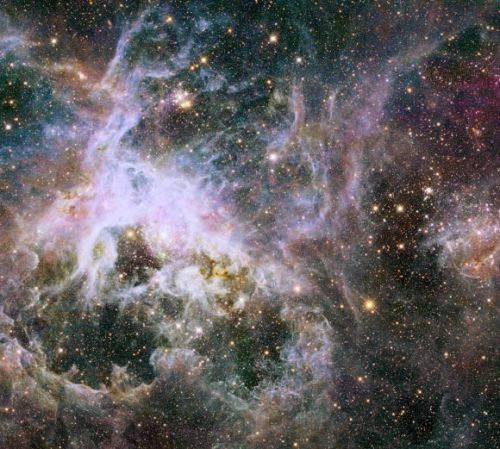
The Tarantula Nebula (also known as 30 Doradus) as seen from The Hubble Space Telescope.
Credit: NASA
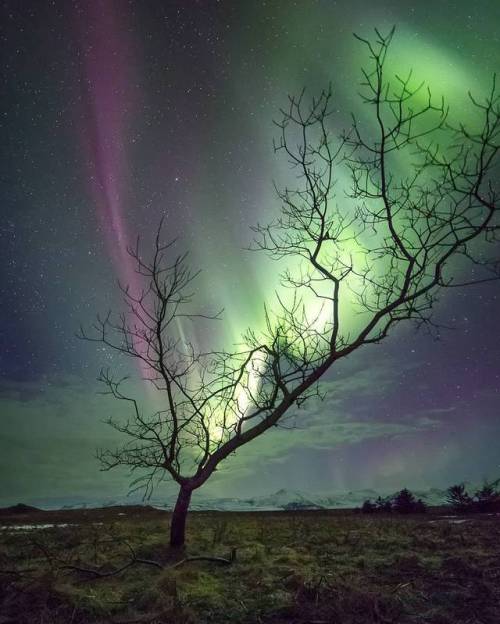
“Stuff your eyes with wonder, live as if you’d drop dead in ten seconds. See the world. It’s more fantastic than any dream made or paid for in factories.” - Ray Bradbury This is a stunning capture by Alyn Wallace of the aurora as it dances above a tree in Iceland.
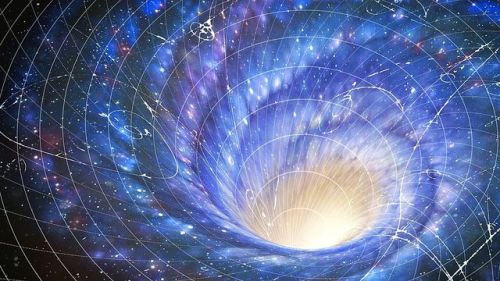
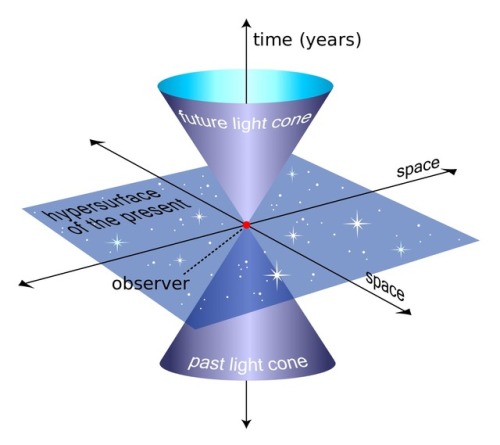


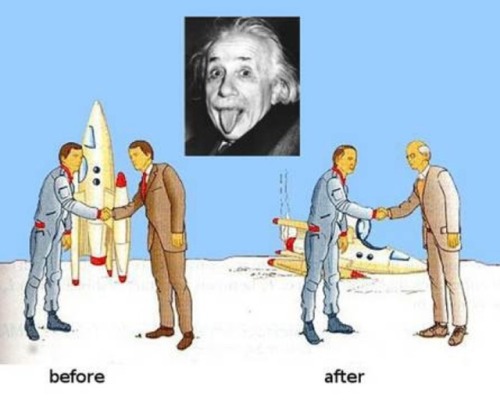
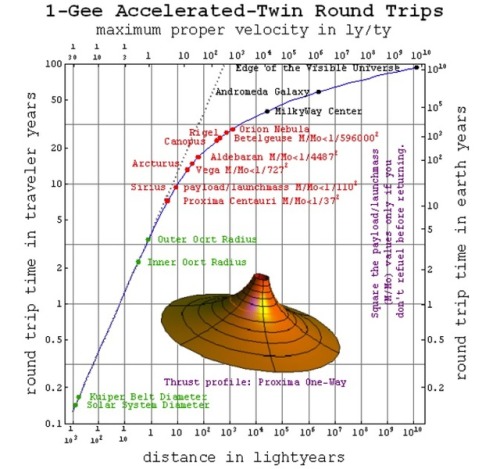
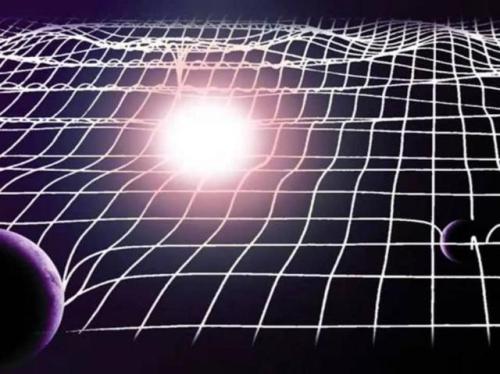
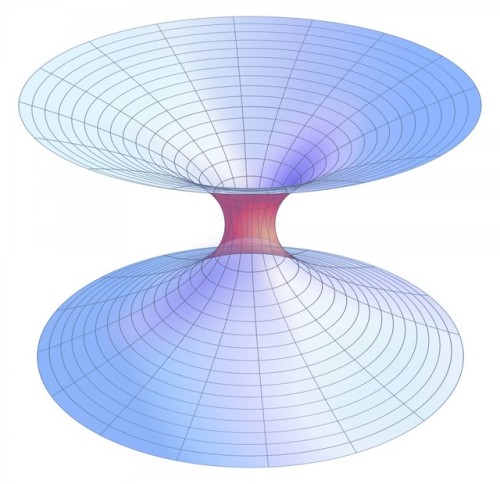
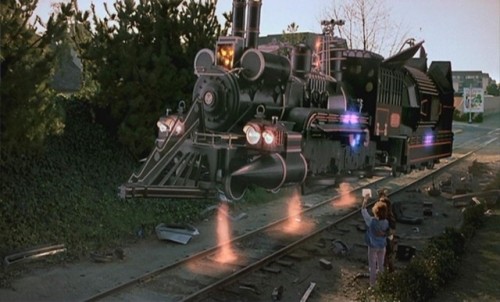
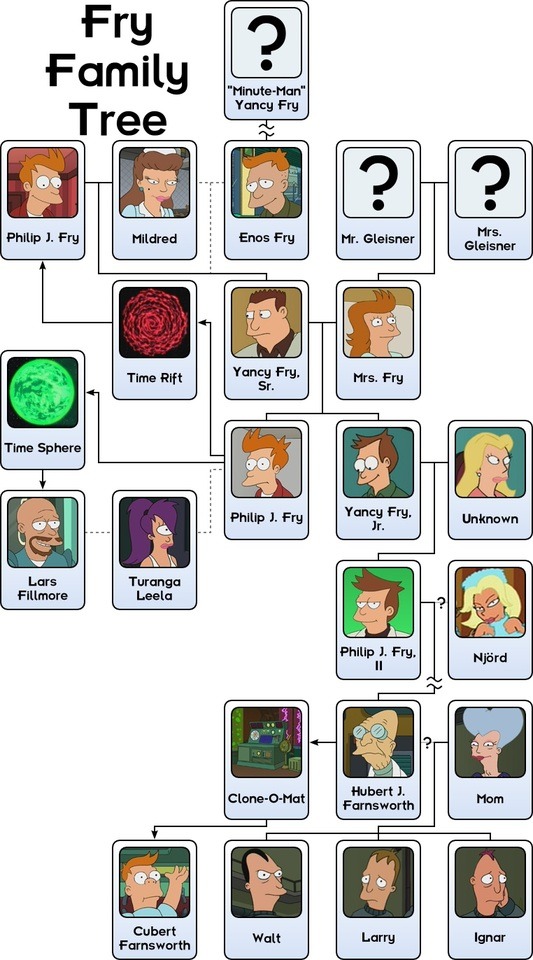
Is Time Travel Possible, According To Science?
“You can witness the evolution and destruction of humanity; the end of the Earth and Sun; the dissociation of our galaxy; the heat death of the Universe itself. So long as you have enough power in your space ship, you can travel as far into the future as you like.”
Have you ever wondered about time travel? Perhaps you have your destination in the far future, and want to see how it all turns out? Maybe you want to return to the past, and alter the future or present by your actions there? Or maybe you want to freeze time altogether? If you want to know whether it’s possible, the physics of relativity holds the answer. Special relativity allows us to control our motion through time by manipulating our motion through space. The more we move through space, the less we move through time, allowing us to travel as far as we want into the future, limited only by our energy available for space travel. But going to the past requires some specific solutions to general relativity, which may (or may not) describe our physical Universe.
What’s the status of traveling through time? Come get the scientific story (with a brand new podcast) today!
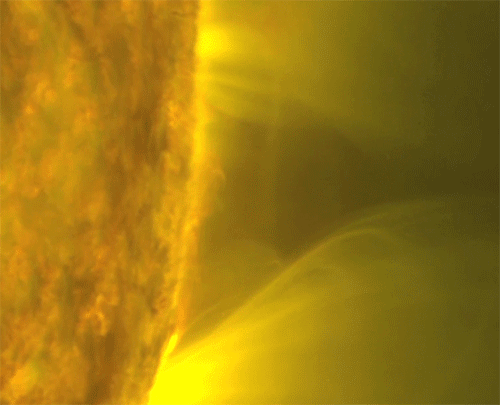
Solar prominences exhibit various eruptive behaviors, including failed eruptions. A failed eruption is a case in which neither the lifted plasma mass nor the supporting magnetic field escapes the Sun’s gravitational field; the erupting prominence simply reaches a maximum height, and falls back to the solar surface.
Image Credit: SDO/LMSAL/Anna Malanushenko
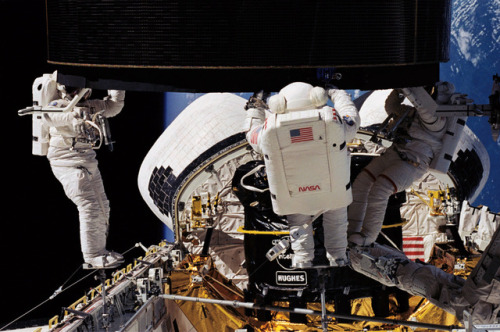
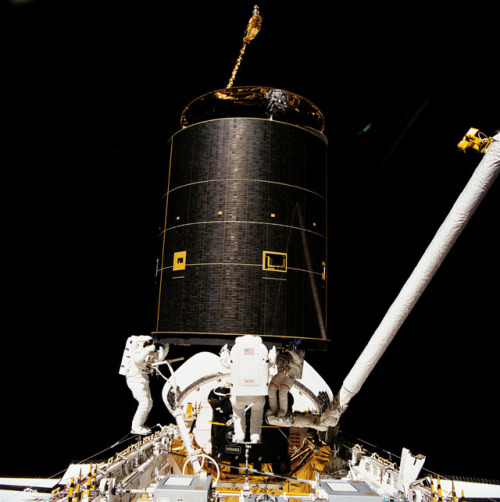
25 YEARS AGO TODAY: On May 13, 1992, astronauts Richard J. Hieb, Thomas D. Akers and Pierre J. Thuot hold onto the 4.5-ton Intelsat VI satellite after a six-handed “capture” was made minutes earlier in the cargo bay of the Space Shuttle Endeavour.
(NASA)
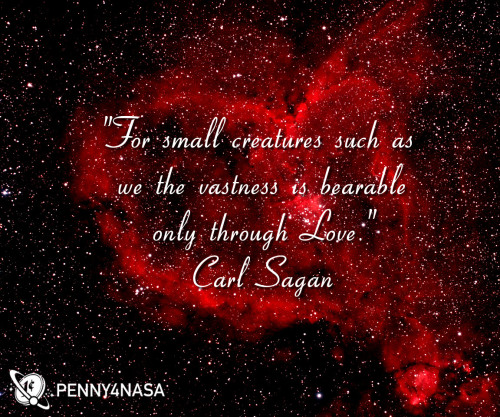
Happy Valentines Day!
Carl Sagan once said, “When you’re in love, you want to tell the world.”
Share your love of the universe today!
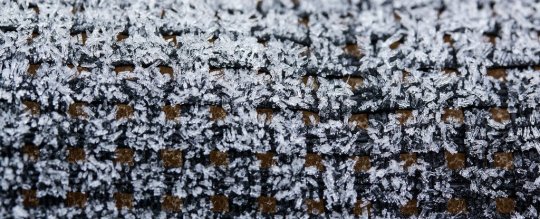
Crystals are among the most fascinating structures in the natural world - not only do they have a unique, highly ordered, and repeating lattice structure, they also have all kinds of inherent, interesting properties, including the ability to self-assemble.
When placed next to each other, tiny crystals will twist, snap into alignment, and slam into each other to form larger crystals, and for the first time, scientists have visualised and measured the force that makes this possible.
By using a new visualisation technique, the team showed that the force that governs crystals is a type of van der Waals force, a quantum attraction that’s not reliant on any chemical bonds (such as the covalent bonds that hold molecules together).
It’s the same type of force that allows geckos’ feet to stick to walls and ceilings - and now scientists have shown that it also works to twist and fuse crystals together, allowing them to get larger and larger.
Continue Reading.

The Hubble Space Telescope captured this picture of the wispy remains of a supernova explosion. The dust cloud in the upper center of the picture is the actual supernova remnant. The dense concentration of stars in the lower left is the outskirts of star cluster NGC 1850. Full resolution picture here. More info here. Credit: NASA, ESA, Y.-H. Chu (Academia Sinica, Taipei)
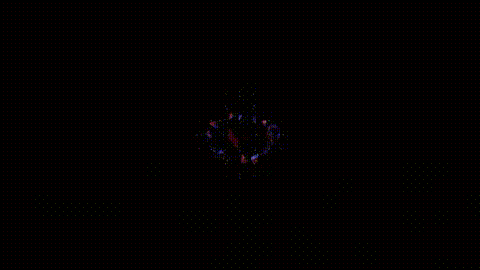
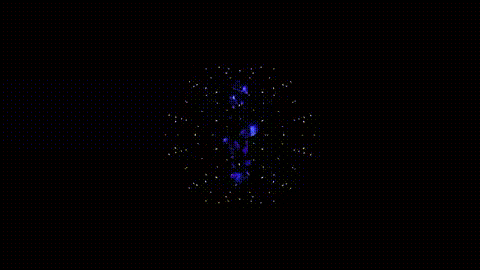


gaze into the galactic iris
-
 learning-is-underrated liked this · 2 years ago
learning-is-underrated liked this · 2 years ago -
 friedriceishere reblogged this · 3 years ago
friedriceishere reblogged this · 3 years ago -
 friedriceishere liked this · 3 years ago
friedriceishere liked this · 3 years ago -
 juurgi reblogged this · 3 years ago
juurgi reblogged this · 3 years ago -
 anintpnerd42 liked this · 4 years ago
anintpnerd42 liked this · 4 years ago -
 scarlet-writing liked this · 4 years ago
scarlet-writing liked this · 4 years ago -
 physicla liked this · 4 years ago
physicla liked this · 4 years ago -
 mirastudiesphysics reblogged this · 4 years ago
mirastudiesphysics reblogged this · 4 years ago -
 squishylazuli liked this · 4 years ago
squishylazuli liked this · 4 years ago -
 wagecux liked this · 5 years ago
wagecux liked this · 5 years ago -
 shambholic liked this · 5 years ago
shambholic liked this · 5 years ago -
 qubethoughts reblogged this · 5 years ago
qubethoughts reblogged this · 5 years ago -
 petiolusepiglottis liked this · 5 years ago
petiolusepiglottis liked this · 5 years ago -
 petiolusepiglottis reblogged this · 5 years ago
petiolusepiglottis reblogged this · 5 years ago -
 semaphoriism liked this · 5 years ago
semaphoriism liked this · 5 years ago -
 hoardin-corner reblogged this · 5 years ago
hoardin-corner reblogged this · 5 years ago -
 lindseyhello liked this · 5 years ago
lindseyhello liked this · 5 years ago -
 poliglota19 liked this · 5 years ago
poliglota19 liked this · 5 years ago -
 loudpeanutrascalegg liked this · 5 years ago
loudpeanutrascalegg liked this · 5 years ago -
 2stepvibe reblogged this · 5 years ago
2stepvibe reblogged this · 5 years ago -
 weewoahwee liked this · 5 years ago
weewoahwee liked this · 5 years ago -
 2stepvibe reblogged this · 5 years ago
2stepvibe reblogged this · 5 years ago -
 rosemarydelight liked this · 5 years ago
rosemarydelight liked this · 5 years ago -
 seaside-goldenrod reblogged this · 5 years ago
seaside-goldenrod reblogged this · 5 years ago -
 seaside-goldenrod liked this · 5 years ago
seaside-goldenrod liked this · 5 years ago -
 kat-with-a-cat reblogged this · 5 years ago
kat-with-a-cat reblogged this · 5 years ago -
 kat-with-a-cat liked this · 5 years ago
kat-with-a-cat liked this · 5 years ago -
 mirandawrights reblogged this · 5 years ago
mirandawrights reblogged this · 5 years ago -
 mirandawrights liked this · 5 years ago
mirandawrights liked this · 5 years ago